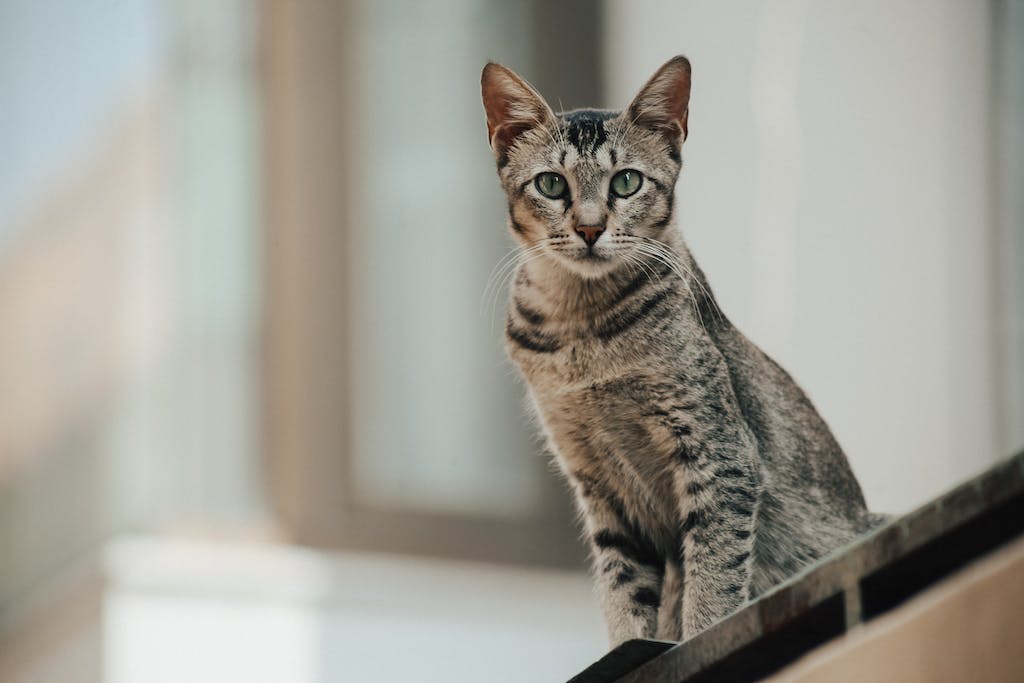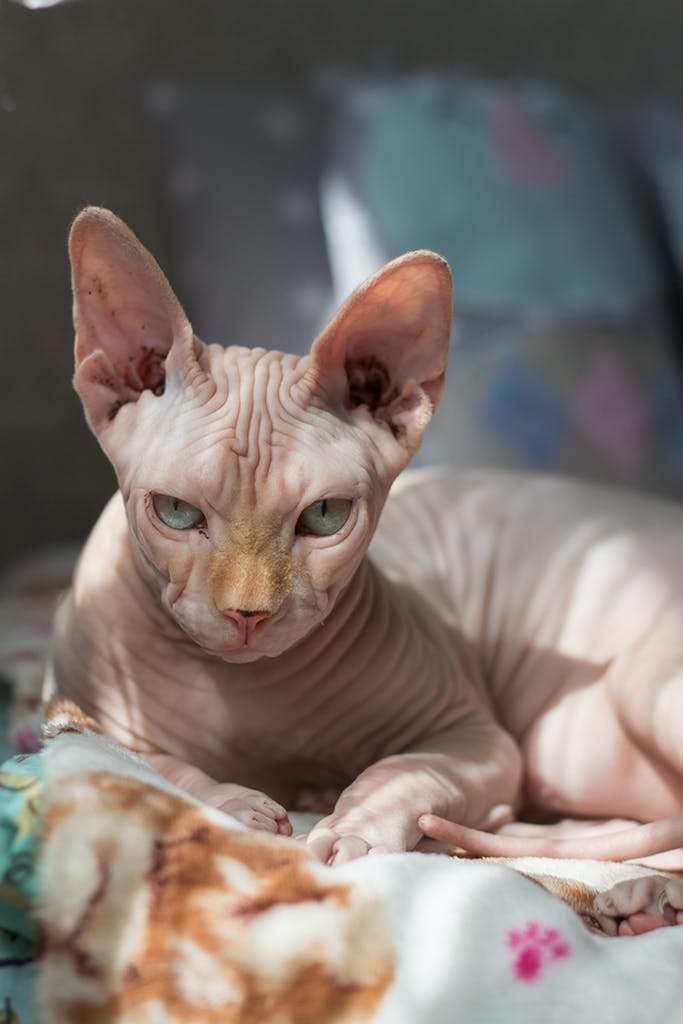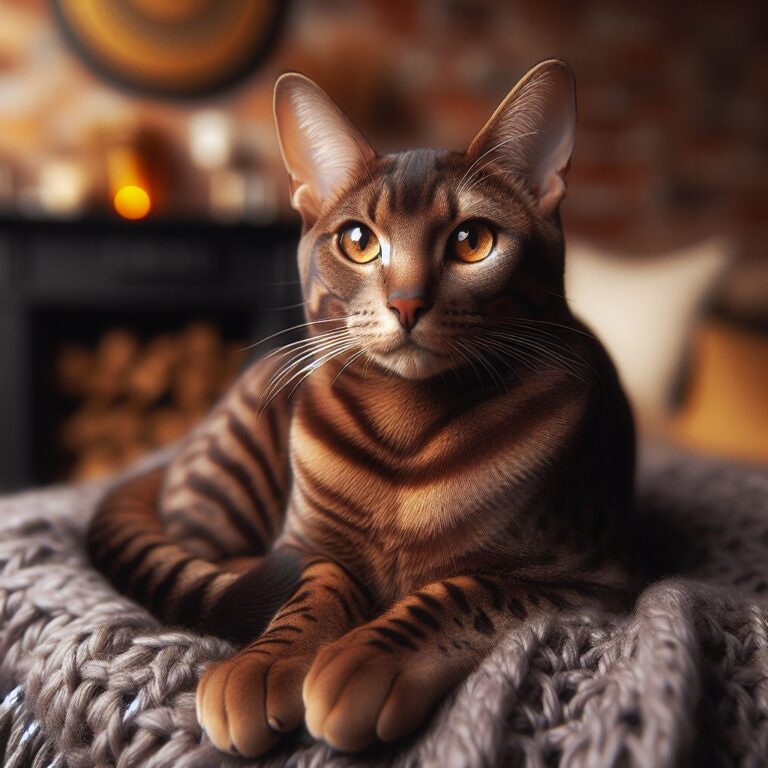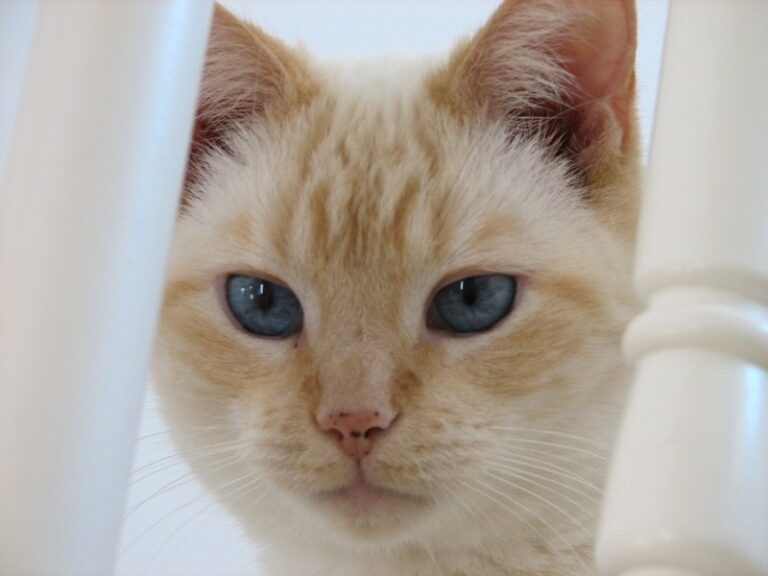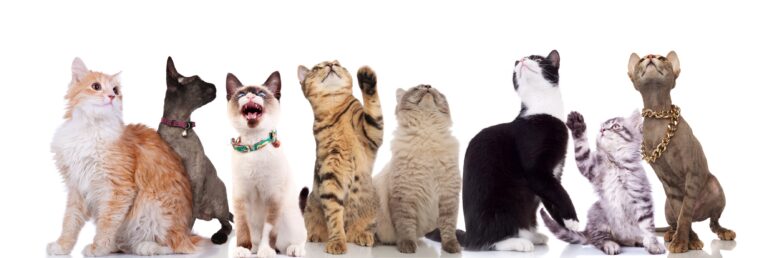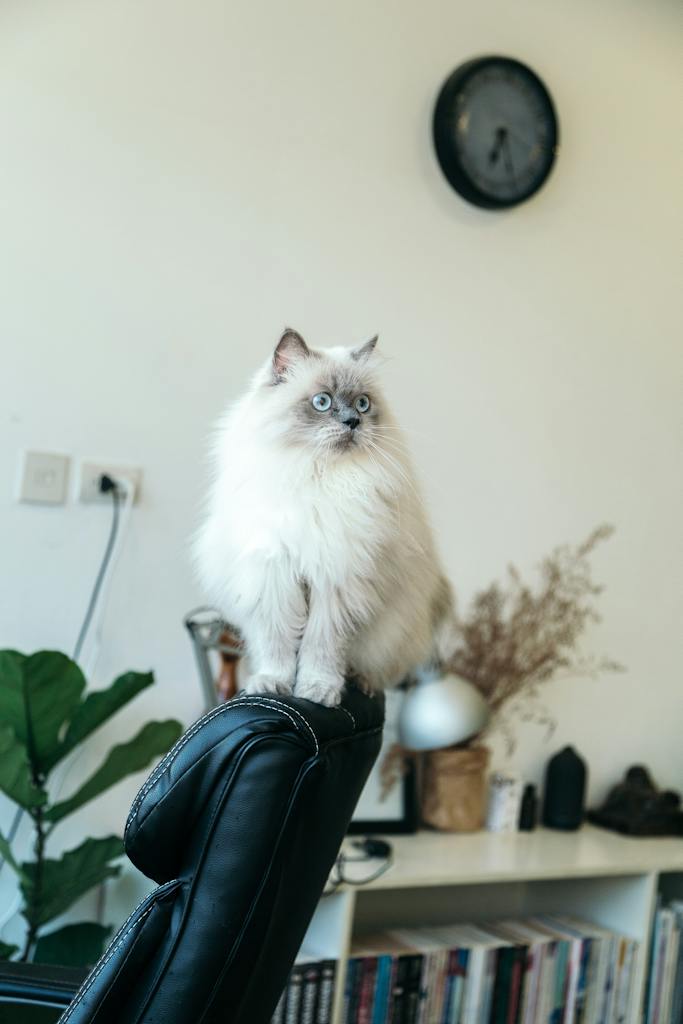Red on Blue Tabby Cat: Uncover Rare Feline Secrets!

Cats have a way of captivating our hearts with their playful antics and diverse personalities. Among the myriad of feline coats and patterns, the red on blue tabby cat stands out as a particularly enchanting specimen. This guide will take you through the world of these unique felines, shedding light on their characteristics, care, and the distinctiveness that sets them apart from other breeds.
What is a Red on Blue Tabby Cat?
The red on blue tabby cat is a feline with a coat that seems to defy the usual color expectations. To understand this rare beauty, we must delve into the genetics of cat coat colors. Typically, tabby cats exhibit patterns in colors like red (also known as orange or ginger) and blue (a soft, grayish hue). However, a red on blue tabby cat is not a standard color classification and might refer to a cat that shows a dilute red color, which can sometimes appear bluish under certain lighting or due to a particular fur pattern.
The Genetics Behind the Coat Color
Cat coat colors and patterns are determined by a combination of genetics. The red color in cats is caused by the presence of the O gene, which is sex-linked, while the dilution of color is due to the presence of the d gene. When these genes interact in specific ways, they can produce the wide array of colors and patterns we see in tabby cats.
Red vs. Blue Tabby Cats
Red tabby cats are characterized by their vibrant orange stripes, while blue tabby cats have a more subdued, gray-striped coat. The patterns can range from classic swirls to mackerel stripes or even spotted. The red on blue tabby cat, with its unique coloration, is a testament to the fascinating diversity of the feline world.
Characteristics of Red on Blue Tabby Cats
Physical Traits
Red on blue tabby cats typically have a striking appearance, with a mix of warm and cool tones in their fur. Their coats may have the classic tabby M on their foreheads and can come in various patterns, including mackerel, classic, spotted, and ticked. These cats may also have other physical traits common to tabbies, such as almond-shaped eyes and a muscular build.
Personality Traits
While coat color doesn’t necessarily dictate personality, tabby cats are often known for their sociable and affectionate nature. They can be playful and energetic, making them excellent companions for families and individuals alike.
Common Health Issues
Like all cats, red on blue tabby cats can be prone to certain health issues. It’s important for owners to be aware of these potential concerns and to provide regular veterinary care to ensure their cat’s well-being.
Caring for Your Red on Blue Tabby Cat
Diet and Nutrition
A balanced diet is crucial for maintaining your cat’s health. High-quality cat food that meets their nutritional needs is essential, and fresh water should always be available.
Exercise and Play
Tabby cats are often active and enjoy playtime. Providing toys and engaging in interactive play can help keep them physically fit and mentally stimulated.
Grooming Requirements
Regular grooming is important to keep their coat in good condition. Brushing can help reduce shedding and prevent hairballs.
Health Check-ups and Vaccinations
Routine check-ups and vaccinations are vital to prevent common diseases and detect any health issues early on.
The History of Tabby Cats
Origin of Tabby Patterns
The tabby pattern is one of the most ancient and widespread, with roots tracing back to the domestic cat’s wild ancestors. The term “tabby” is believed to have originated from a type of striped silk produced in Baghdad, called “atabi.”
Historical Significance of Tabby Cats
Tabby cats have been beloved throughout history, with their distinctive patterns often depicted in art and literature. They have been companions to many and have held a special place in various cultures around the world.
How to Identify a Red on Blue Tabby Cat
Identifying a red on blue tabby cat can be a bit challenging due to the rarity of this coloration. Here are some tips:
Detailed Description of Coat Patterns
Look for the unique blend of red and blue hues in the coat, along with the typical tabby patterns such as stripes, swirls, or spots.
Tips for Identification
Pay attention to the lighting, as it can affect how the colors are perceived. Consulting with a veterinarian or a cat geneticist can also provide insights into your cat’s unique coat.
Red on Blue Tabby Cat in Popular Culture
While red on blue tabby cats are not commonly featured in media or literature, tabby cats, in general, have made numerous appearances. From the cunning Cheshire Cat in “Alice in Wonderland” to the adventurous Puss in Boots, tabbies have captured the imagination of many.
Conclusion
The red on blue tabby cat is a testament to the diversity and beauty of the feline world. With their unique coat patterns and endearing personalities, they make wonderful companions for those lucky enough to care for them. Share your experiences, ask questions, or continue exploring the fascinating realm of cats. Your engagement enriches the community of cat lovers and helps others discover the joy of feline friendship.

